A composition is a powerful tool consisting of various elements. The way a photographer puts everything in the frame will determine whether the photograph will be interesting or not to the viewer. To be a good photographer, you need to merge different parts into a visually appealing whole. The good news is that you do not have to know everything about your camera to improve your composition.
Contents
- Importance of Composition in Photography
- Elements of Composition
- Textures & Patterns
- Leading Lines
- Symmetry
- Shape and Form
- Isolation of The Subject
- Value
- Space
- Color
- Texture
- Principles of Composition
- Contrast
- Rhythm
- Balance
- Proportion
- Emphasis
- Harmony
- Unity
- Variety
- Movement
- Tips for Finding the Right Composition
- Determination and Inspiration
- Conduct a Thorough Research and Plan Your Photograph Shoot
- Arrive Early
- Techniques of Composition in Photographs
- Selective Focus
- Simplicity
- Photography Composition Rules and Ratios
- Color
- Rule of Thirds
- Golden Spiral
- Golden Triangles
- Framing
- Reflections and Dynamic Foreground
- Filling the Frame
- Contrast
- Repetition of Shape
- Perspective
- Focused Light
- Zoom in or Zoom Out
- Shoot Vertical
- Combine Composition Techniques
- Leading Lines and Shapes
- Gestalt Principles of Composition
Importance of Composition in Photography
It is possible you have come across photographs taken in ideal locations but the photo does not appeal to you. The problem may be that the photo composition may be off.
Composition in photography is critical. Understanding how your camera sees the outside world is crucial in composition. Once you understand that the camera fattens the world, you will know the significance of composition.
Most people can easily learn the technical part of compositional elements, but one thing that differentiates a great photo from one that is not in the composition. The main purpose of photographic composition is to inform people what the photo is about.
The camera changes images from three to two dimensional, transforming the world into lines and tones. Although they say photographs represent reality, they are not; rather, they are a new reality. Knowing this will make you understand that composition helps make a new reality compelling and meaningful.
In addition, it makes your photo’s subject clear to your viewers. If you want to draw the viewer’s eye, you need to carefully craft your composition to lead them through the photo.
The composition also helps the photographer to express themselves. Nowadays, many people own a camera. Therefore, how you capture an image that other photographers are also capturing will distinguish your work and ensure you are successful.
Elements of Composition
The majority of the photographers may not know the elements of composition, yet they are important in understanding photography. One of the key elements of good photographs is composition. Elements of composition can be viewed as essential ingredients needed to make great photography rather than rules.
There are numerous compositional elements, and you can combine them to construct pleasing visual elements. However, you do not have to use all the elements when compositing your photo. Here are the basic tools of composition for great photographs:
Textures & Patterns

These are patterns existing around us. To ensure you take striking shots, you need to emphasize and highlight these patterns.
Leading Lines

Lines are powerful aspects of a photograph. They bring the viewer’s attention to key focal points of a frame and greatly impact the feel of an image. Leading lines are strong lines pointing to the subject to enable people to place their center of attention on specific parts.
Apart from the lines leading into a composition, there are other lines that converge into the image. You should try and bring leading from the corners. You can use rivers and streams to incorporate leading lines, color, and movement into your photograph while converging lines can be edges pointing towards the center of the frames or trees and buildings.
Symmetry
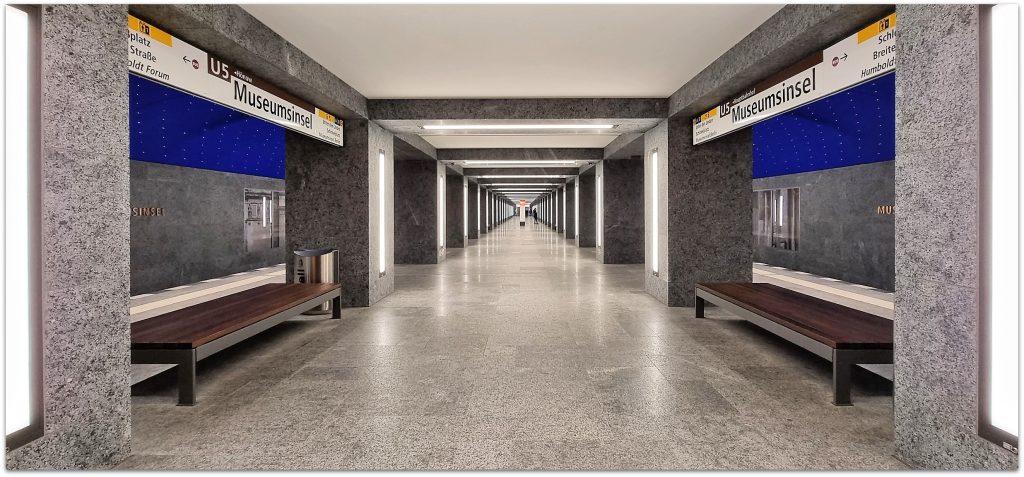
Symmetry is ideal can be good or not ideal depending on the scene. You can produce a striking image with a symmetrical shot, strong composition, and a good focal point. However, symmetry can be predictable without a great point of interest.
Shape and Form
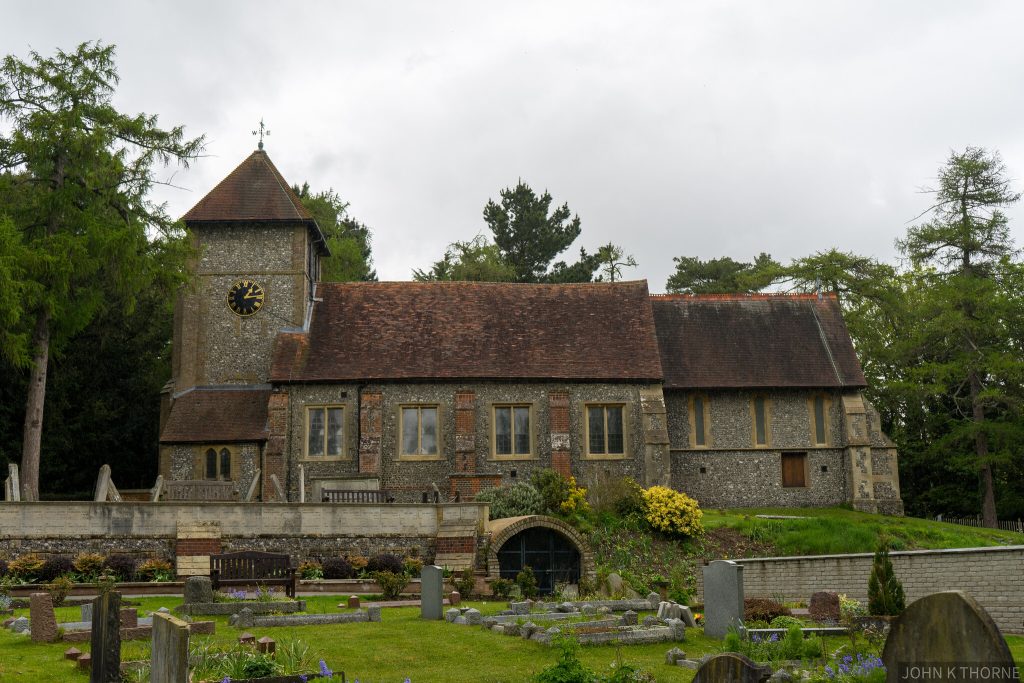
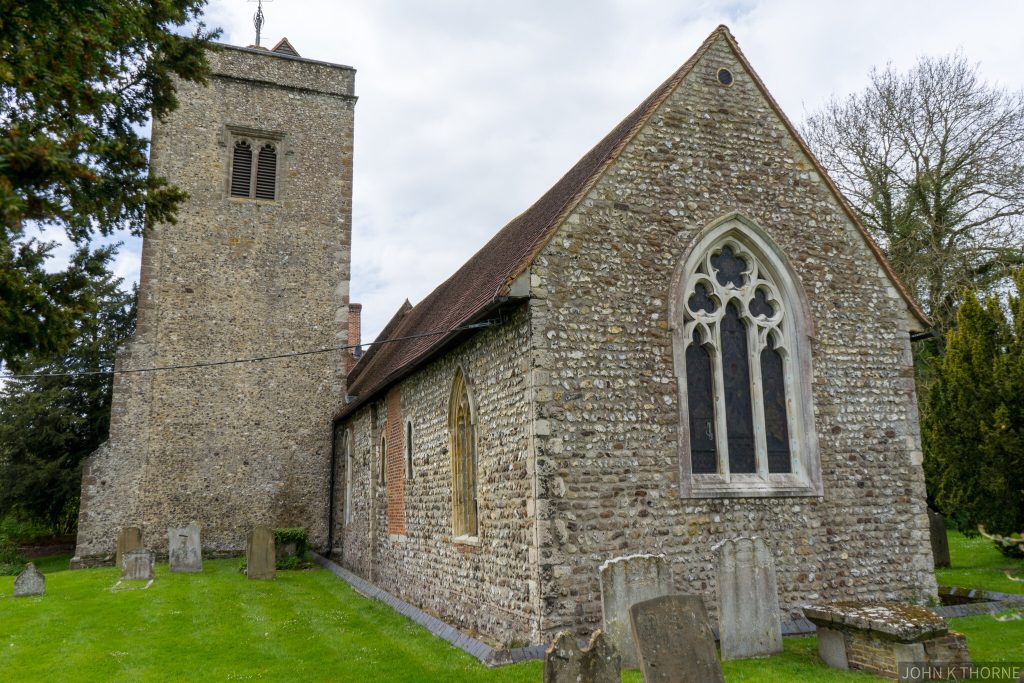
Shape and form are the same design elements, but things with form have three dimensions and may be geometric such as a building. As mentioned before, photography represents scenes in 3D (when photographed at the right angle as shown in the photo above). So, whereas photography has several forms, painting has more shapes.
Isolation of The Subject

The photo’s composition will be impacted by the depth of the field you choose. Isolation of subjects from the foreground and background, or it can reveal the subject’s surroundings.
Value

Value is how dark or light things are in a photograph. In addition, it is the shades of grey, black and white. Using these shades can help you produce a powerful and beautiful photo composition. Photographers seeking vibrant colors may not notice the various tones within the frame.
Space
The arrangement of your shapes and forms occupies space within the frame. The arrangement is the photograph composition and leaves empty around the forms, which may be critical. The forms within the frame and the unoccupied space are important for taking shots in urban areas. The forms look like shapes when using silhouettes, so playing around with them to make images seem 2D will be crucial in composition.
Color
You need to study color if you want to learn more about photography. Color consists of three parts; intensity, hue, and value. These color schemes work well together and are used widely by photographers, designers, and artists. Hue refers to colors like green and red.
On the other hand, intensity refers to the brightness of the color, while value is how dark or bright the color is. You need to study the color schemes frequently as they help decide on compositions that work. You can use applications to check color schemes that may help make your photo interesting.
Texture

Photographs are two-dimensional, but when you add texture, they can become nearly three-dimensional. Texture refers to the tactile aspect of an object. In photography, all images feel the same, so in this case, means how you perceive something in reality. The texture becomes particularly important when light hits things at specific angles. Including it in your frame will give your audience a sense of place.
Principles of Composition
The principles of photograph composition influence the use of components. For instance, plants, ground, and buildings are components of a landscape. When photographing individuals, components are the things in the background, including the sky, trees and walls, the foreground, the individual, and anything they hold.
Photographers need to see photograph components organized in ideal spaces to get the desired effects. Additionally, you can move components within your frame to achieve better composition. Some of the basic concepts of composition are:
Contrast
Contrast opposes harmony, so make sure you do not overdo it. Occasional contrast to harmony is perfect as it creates images with eye-catching features that add life to dead parts of the photo. It is also useful when getting the viewer to notice something, such as advertising. It grabs the attention of the person.
Rhythm
Rhythm is a conscious repetition of shapes and patterns in the picture either randomly or in an organized manner.
Balance
Balance refers to symmetrical or unsymmetrical equilibrium. Symmetrical balance ensures duplication on both sides of the imaginary line parts in terms of color, line ad form. On the contrary, asymmetrical balance involves the placement of dissimilar objects on either side of the imaginary line while ensuring equilibrium exists.
For example, if an object on one side of the line attracts a viewer, you should also place interesting objects on the opposing side. Doing this maintains equilibrium on both sides of the image. Unbalanced photos will capture the viewer’s attention on one side instead of allowing them to flow through the entire composition.
Proportion

Proportion is the size of components within the frame in relation to one another and the picture as a whole. This is important when trying to show how large or how small something is.
For example, in the picture above, you can see how massive the great pyramid of Giza is in proportion to the full-sized bus next to the lower right of the pyramid or the horse & carriage approaching the front of the pyramid.
You can utilize proportions within a composition by exaggerating proportions or changing the camera angle. What’s more, you can also position subjects such that the proportion focuses on the image.
Emphasis

Emphasis refers to how your composition elements guide your viewer to a subject within your frame. You can employ various techniques to do this. First, you can play with selective lighting to emphasize subjects. You can also employ proportion and leading lines to emphasize them. Moreover, the way you dress or group your subjects will also put emphasis on the frame.
Harmony

Harmony uses art elements like color, texture, and line to highlight the similarities of subjects within a photo. It refers to the way various parts of the image fit together. Harmonious images show how different things are the same and use common things within the objects, so they have a relaxing effect on viewers.
Unity

Photographers create unity by grouping, placing, and arranging components in such a way that they appear to have oneness. Plus, they can also create unity by using objects of similar texture and color. Photographers can create a desirable appearance by considering all viewpoints.
Variety

Variety is the opposite of harmony. Variety brings different components together so that their differences garb peoples’ interest.
Movement

Another principle of composition is movement. It refers to the ability of a photographer to imply motion. Although Still Images do not have any motion, you can make an implied motion feeling by using shutter speeds or zooming the camera.
Tips for Finding the Right Composition
There are several compositions in photography that you can work with. Due to this, it may be challenging for you to know the right composition. In this article, we have outlined tips to help you choose the best composition.
Determination and Inspiration
Even though photography may be your passion and creativity, developing an artistic vision requires a lot of time. Before diving into photography fully, you need to look at other art forms. Looking at pieces of art that are outside photography will help in your composition. You must learn how to be creative with various mediums. Additionally, try looking at classical paintings to envision the environment.
Ask yourself how the artist used the lighting, what ideas you can get from the painting, what times of the day had similar lighting and which places you have visited that remind you of the painting’s location. Further, you can get inspiration from impressionist painters. You can look at the works of Jackson Pollack and others to help you see man-made things in nature that look similar. When you see things that remind you of certain paintings, you will start envisioning how to take shots that look like the painting’s style.
Conduct a Thorough Research and Plan Your Photograph Shoot
According to research and experience, the more you photograph, the more you will enjoy the spontaneity of going to a place and taking photos. However, you need to know what you are trying to accomplish during the shoot. Before you set out for a shoot, you need to do a little research to allow you to plan your photo session. Planning would help you get the best compositions and create better results. When it comes to portrait shoots, you need to know the location where you will photograph your clients so that you know the perfect spot to place them. The last thing you will want is to look for an ideal location when your clients are ready for their pictures. Remember, planning will help you save plenty of time.
Arrive Early
You need to arrive at the shooting spot early whether you are doingportrait, wildlife, event, or landscape. Arriving earlier will help you have a good idea of the possibilities of the shoot areas.
Techniques of Composition in Photographs
The main significance of composition is enhancing viewing behavior. It also involves understanding how to lead your audience to the focal point of the image. Therefore, if you need to improve your images without Photoshop, you can use the following composition techniques.
Selective Focus

Selective force is an ideal way of including an iconic and less iconic object in the background. You can place more importance on one subject than the other by focusing on one thing and blurring the other. You can do this by using depth of field, and it can also help make your composition more interesting. What’s more, selective focus is great for portrait and wildlife photography. Selective focusing can help guide the viewer’s attention to your composition by having one point of focus on the image.
Simplicity

Keeping things simple will help produce a strong and concise composition. You need to focus on a single subject instead of having everything within the frame. You only need to show people what you want. You can keep things simple by using a narrow field depth or eliminating distracting aspects that may steal attention from the main subject. Doing this will enable people to determine your image’s focal point, making them appreciate it.
Photography Composition Rules and Ratios
Photography has many rules and ratios that help highlight compositions in your images. The ratios use lines and curves to divide the frames into critical areas where the viewer’s eyes might focus. These ratios also place the subject in angles where they will draw eyes to the frame.
Color

Color is another photography composition method. This method uses color to take photos and strengthen the message. In the photo above, the photographer is using selective color to bring attention to her lips. It is best to include more than one striking color on your image to make your subjects stand out. Alternatively, you can use pastel shades for light visuals. In addition, complementary colors like orange and blue create a well-balanced and incredible image. You may also want to use color temperatures or specific shades to get stunning photos.
Rule of Thirds
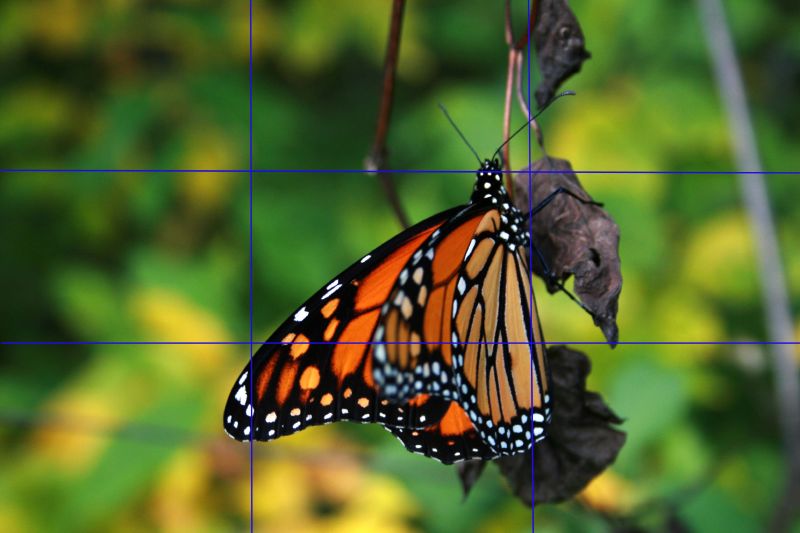
If you have attended photography classes in the past, you probably know the Rule of Thirds. The Rule of Thirds is based on the theory that you get a natural-looking photography composition when you place your subjects off-center. As a result, you can use creatively use your negative space. The Rule of Thirds presents you to take photos from different angles. Plus, it uses the main intersection points to divide the thirds. Ultimately, you will be able to shoot unique photos.
Golden Spiral
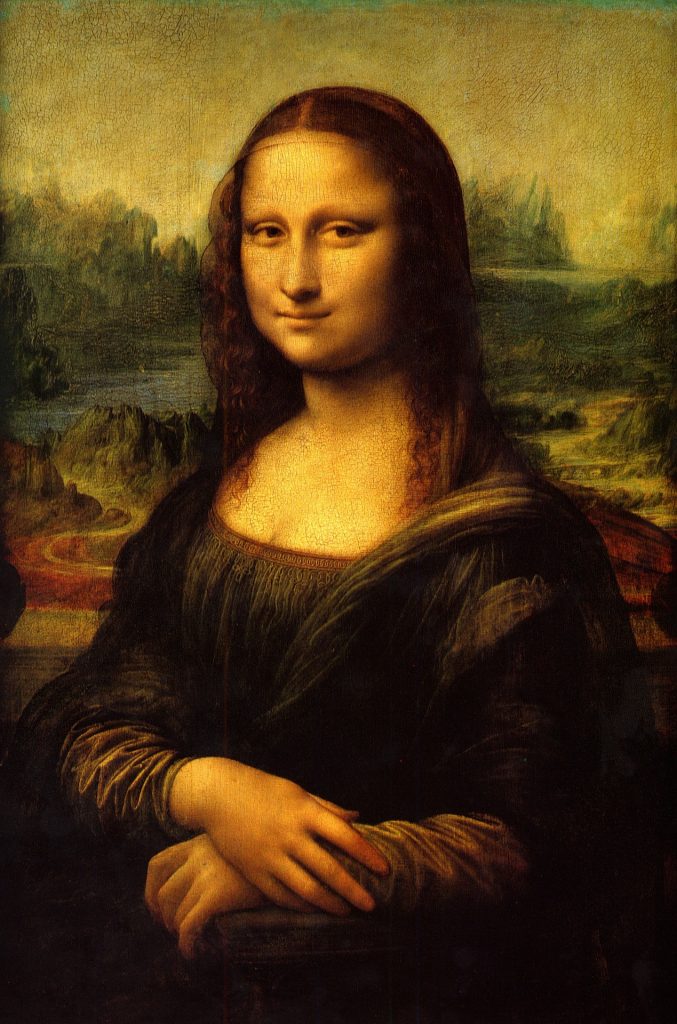 | 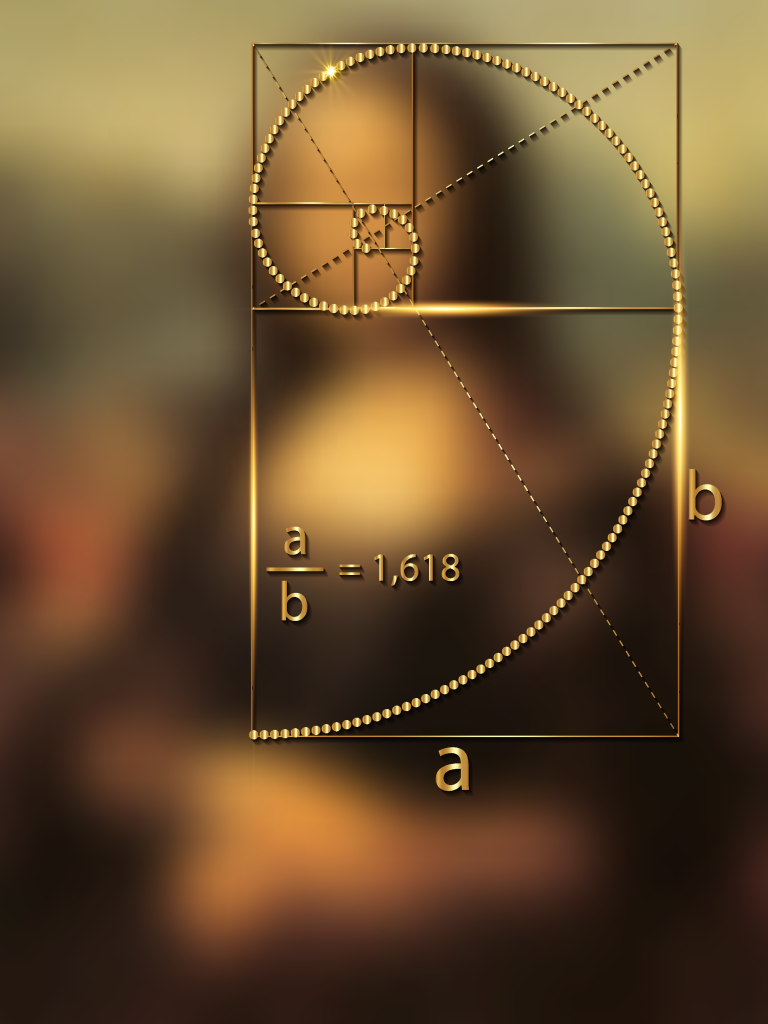 |
Another way that photographers use to compose a shoot is the Fibonacci Golden ratio AKA Golden Spiral. It has a curve starting from the corners and going across the frame’s upper portion spiraling towards the mid and bottom parts. Golden spiral aims to place movements and subjects on the curve and align them to the middle part of the spiral. At its core, it’s a mathematical equation discovered by Leonardo Fibonacci, and the Golden Spiral is found all through nature.
Golden Triangles

Golden triangles help photographers break up the photo and emphasize particular areas of the frame. This method involves drawing diagonal lines from one corner of the photo to the next and then two lines from the remaining corners to connect them. The intersection of the shorter and middle lines is where you should line up your composition.
Framing

Framing. Also referred to as sub-framing is a compositional technique where you use or add frame elements to highlight and guide the viewer’s eyes toward the main subject. Or you may use it to add interest to your photographs.
You can use various frames, including rock formations or artificial frames like windows. The frame’s shape and form do not matter as long as it helps point out your intended subject.
Reflections and Dynamic Foreground

Reflections and backgrounds are the two most important aspects to look at when composing images. Some people would look for water surfaces to compose a shot, while others prefer the sky. Reflections are crucial since they highlight an additional object to the main subject and add excitement to the photo.
Besides using water as a dynamic foreground, you can also use tree stumps, cracked earth, or a bed of flowers to make your foreground interesting. In addition, you can include lines leading towards the main subject in your foreground.
Though the foregrounds mentioned above are associated with landscape photography, some creativity can make them perfect for weddings and other portrait works. When taking portraits, the foregrounds do not have to be dynamic, but you should remove distractions that will take away attention from your subject.
Filling the Frame

Filing the frame involves moving closer to the main subject to strengthen your composition. This will allow you to focus on the subject, like facial expressions and details that may go unnoticed by the naked eye. Additionally, it will help you eliminate distracting visual elements in the background and provide you with incredible abstract patterns. You can also crop your images during post-processing to make your photos look close-up. However, cropping may significantly lower the resolution of your photos.
Contrast

Most individuals think that contrast is the balance between dark and light. While this is certainly true, you have to think of other ways of contrasting your images. Some of the other ways of creating contrast are the form of old and new, hot and cold, big and small, or fast and slow. To find contrasting elements in your photo and make them part of your composition, you need to closely look at your subjects.
Repetition of Shape

Do you want to make your photos interesting? You should consider using repeated patterns and shapes. Be sure to fit the shapes and patterns perfectly within the frame. Also, you should include other interesting things like textures and colors besides the patterns.
Perspective
While you may have found the perfect angle for your shot, you need to try out other options. You can experiment with going higher or lower when taking shots to identify a suitable location. Further, you can change your camera’s angle to get a different perspective. If it is not the perfect spot, you can come back when the lighting is great, or other factors have changed.
Focused Light

Taking shots in focused light will create the best results. It provides a point of interest and creates the contrast between dark and light areas within the scene. You can always capture stunning photos when there are rays of light.
Zoom in or Zoom Out
Zooming composition allows you to find the most capturing areas of a photo. At times, you may create the best results by zooming in and compressing scenes which helps eliminate distractions. On the other hand, there are times when your lens will prevent you from including interesting parts of your scene in the photo. You can zoom out and go wider to get the best photo in a single shot in these situations.
Shoot Vertical

Photographers become stagnant when it comes to shooting landscape photographs in the horizontal position. Keep in mind you can also take vertical shots and compose the images using the composition elements.
Combine Composition Techniques

All the techniques outlined above can help you create virtually-appealing images, but you can also merge them together for a better effect. You can get the best results if you incorporate ways of drawing the audience’s attention to the photo.
Leading Lines and Shapes

Lines and shapes are other forms of art that the human eye is naturally drawn to. You can use leading lines and shapes to make viewers focus on your photos. Lines naturally lead the viewer’s eyes; thus, they are perfect for helping bring attention to the desired area. Additionally, you can get a linear perspective by including roads, hallways, and bridges.
These features have lines that narrow towards the end, possibly leading eyes to the main subjects in the photo, like a person or buildings. While using these composition techniques, you will also notice shapes around the scenes. House windows and doors, and other structures have unconventional shapes. However, you can also find compound shapes in multidimensional scenes.
Additionally, you can add an aesthetic appeal to your images by using triangles and diamonds. Remember to explore your options by moving around and changing the camera angle to reveal these shapes.
Gestalt Principles of Composition
The following are the gestalt principles of composition:
Similarity
One of the powerful things about composition is showing how items within the photo are alike. You can group things with similar characteristics like size, texture, color, shape, or value. Most people look for unity within a photograph, so placing several items with likeness will help.
Continuity
Continuity, also known as flow, is a term describing how the lines and images within your photo work together to lead the viewer from one point to the next. In other words, it is the flow of things within your composition. The end of one line or shape should lead to the next lines or shapes to achieve continuity.
Closure
Closure is one of the most difficult concepts of composition in photography. Closure refers to how a photographer lays out their composition to make the audience see a complete photo. For instance, when taking shots of a large crowd of individuals, you may create a perception that the whole group is wearing the same attire, which is not true in reality.
Proximity
Photographers can also arrange things together within a photo to appear they are part of a large group. They can do this by compressing the scenes to make all components have proximity. Different mountain ranges are miles apart, but you can make them appear close together using the proximity technique.
Figure
Figure or ground is the relationship between the object of focus and other things within the frame. The main subjects may be people or a product. As a photographer, you need to place these items so that they become dominant and stand out from everything else.
In wildlife and product portrait photography, you can blur the lines or camouflage the separation between the ground and the figure by using field depths. A different approach is used for landscape photography, as most individuals look out for front-to-back sharpness.
Symmetry
If your images are potentially symmetrical, you need to line them up. You can do this during post-processing if it is impossible to line the ages while in the field. However, if you do not wish to realize symmetry, you should go over the top to make the viewer know it is intentional.
Conclusion
The composition has numerous elements and concepts that you can take advantage of to make better images. These elements will also reflect your style and personality. Reading the article will make you have a deeper understanding of each concept and have fun experimenting with them.

About Author
Connor Kovack is a Los Angeles based professional photographer & videographer with over 6+ years of experience. Connor is CEO of KovMedia and specializes in Music Videos, Commercials, Photography & More.
